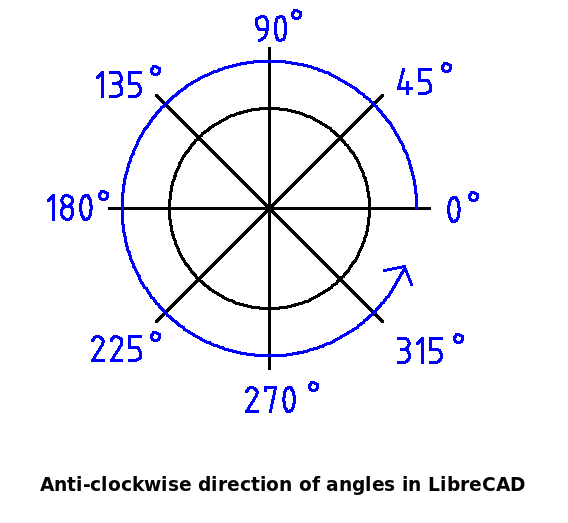
QCAD now enters the list of coordinates just as if you would have entered them one by one manually, and in the process draws points, lines, a polyline, spline, circles, text labels or whatever the tool creates. Paste the list of coordinates into the command line input field using Ctrl-V (or ⌘V on macOS). This can for example be Draw > Line > Line from 2 Points, Draw > Polyline > Draw Polyline, Draw > Circle > Center, Radius or any other tool that accepts a sequence of coordinates as input.Ĭlick into the command line input field or press the space bar to make sure the command line has the keyboard focus. Step 1: Getting the Coordinates into the Right Formatįirst, get the coordinates into the following format (for example through a CSV export from a spreadsheet): x1,y1Ĭopy the whole list of these coordinates to the clipboard (select the multiple lines from the plain text or CSV file and copy to clipboard in a text editor). No, all the mtext have style 'standard' (if no style set in dxf is 'standard') the arial font is hardcoded inside mtext, and is not supported by LC (you can open a 'feature request') Solution by 'brute force': rename 'standard.lff' to 'standard-org.lff' and copy 'arial.lff' to 'standard.lff'. Cartesian Coordinates Hit the Coordinate Game Polar and Cartesian Coordinates Graphs Index Geometry Index.

Can be used to draw shapes using cartesian coordinates (use Edit to add more points).

Based on these coordinates, QCAD can create points, lines, a polyline, a spline, circles with a given radius, text labels at the given coordinates, etc. Drag the points on the graph, and see what is going on. QCAD offers a simple and convenient way to quickly import or use a list of plain coordinates. These coordinates may for example originate from a spreadsheet, CSV file or a 3rd party program.


 0 kommentar(er)
0 kommentar(er)
